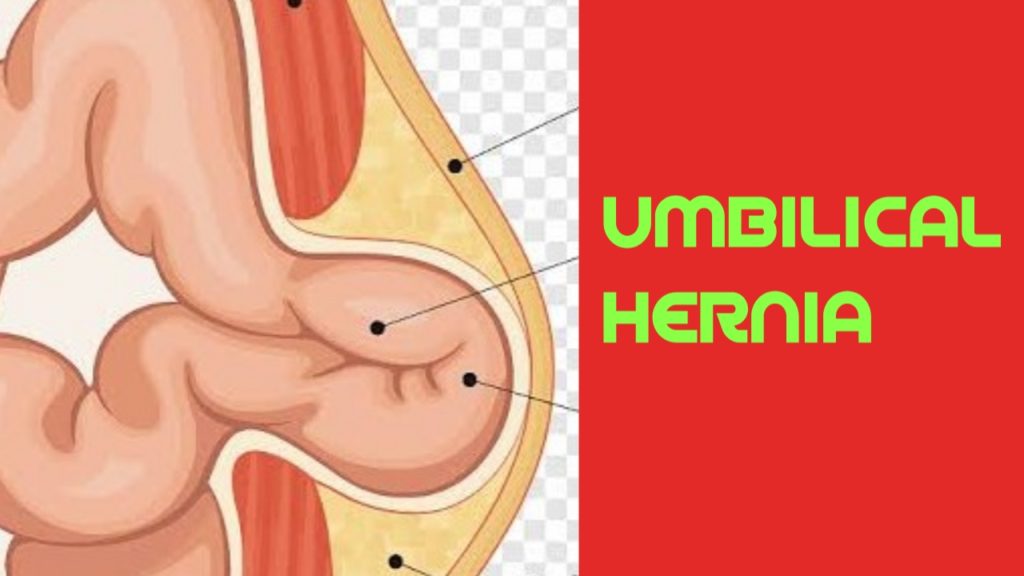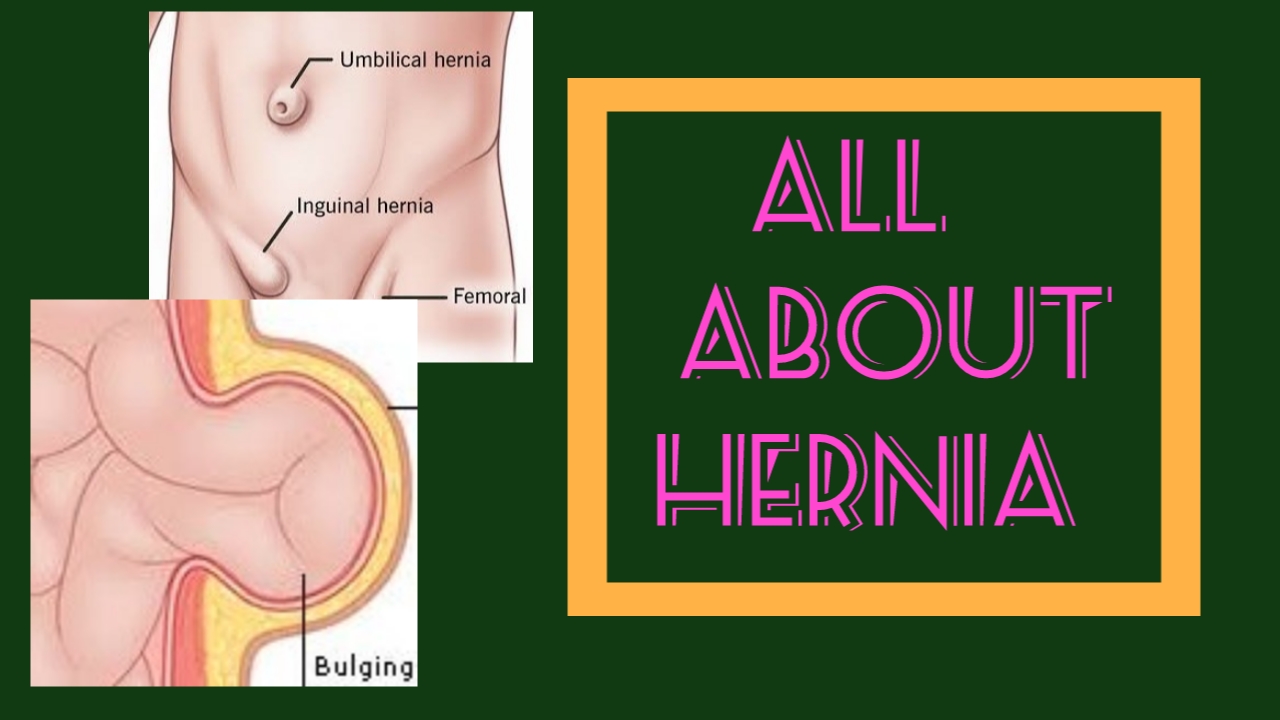Hernia means coming out of abdominal contents through to a defect of the abdominal wall. The defect could be in the abdominal muscle, rectus sheath or peritoneum. There are many types of hernia that we are discussing here.
Hernia could be congenital, which means from birth or it could be developed in adult life, due to the work pattern of an individual.
( If you like to read this in Hindi, click here)
What are the different types of hernia?
According to ‘age of origin,’ it is divided into two types.
- Congenital: Means developed since birth due to a birth defect.
- Acquired: Means developed in later life due to exaggerated abdominal pressure developed due to the work pattern of an individual.
According to the site of presentation in our body.
- Inguinal hernia:
It occurs at the inguinal (groin) region. It is the most common type of hernia. Technically it further divided into direct and indirect type. It could have a bilateral presentation.
( If you like to read this in Hindi, click here)
- Umbilical hernia:
Any lump at the umbilicus level could be an umbilical hernia. It is the second most common hernia after the inguinal hernia. It includes a para-umbilical variety also.

- Ventral hernia:
Any hernia arising from the upper region to the umbilicus in the midline is a ventral hernia. It includes an epigastric variety of hernias. But it has more defect size than epigastric.
- Incisional hernia:
Whenever you noticed a swelling at the site of the previous site of surgery, it could be an incisional hernia. Commonly it develops lower midline surgical incisions. i.e below the umbilical incision. More commonly it develops at the site of scisserian section.
- Femoral hernia:
This is a rare variety of hernias. The site of origin is the femoral ring of the inguinal canal. It mimics the lump of an inguinal hernia but needs to differentiate it clinically. Most of the time it appears as an emergency case.
( If you like to read this in Hindi, click here)
- Epigastric hernia:
This appears at supra- umbilical region in mid-line but is small in size. Sometimes it is so small that we could notice a small tender nodule of fat only. And literally, sometimes there is only herniation of pre-peritoneal fat squeezing through a minute rectus sheath defect. Sometimes a peritoneal sac could be found sequestered through such small defects.
- Hiatus hernia:
You can not see this hernia from the outside of your body. It is detected by endoscopy. When your doctor does your endoscopy for stomach symptoms, he may diagnose that you have a hiatus hernia. It is pushing of your stomach through hiatus ( means opening which connects the oesophagus to the stomach) upwards into the chest cavity.
-
Sphigelian hernia:
It is a very rare variety of hernia which occurs through the weakest part of our abdominal muscle wall. It is developed at the mid-point to the umbilicus and hip bone.

Is hernia an emergency?
In 80 % of cases, it is not an emergency. But the rest of the cases are emergencies and should be treated on account of an emergency.
Is it curable with medicine?
No. Never. This is not possible to get closed a particular defect of a hernia with only medication. Surgery is inevitable. But medicine can relieve symptoms related to herniation.
What are the precautions to take in a hernia patient?
Whenever you have been diagnosed with a hernia, you must avoid heavy exercise, weight lifting, running, jumping and all such activities. In all these activities your abdominal pressure increases and the hernia lump aggravates. You may notice that with such exercise you have to get pain at your hernia lump and even it may appear as increased in size.
Types of surgeries according to types of hernia?
A hernia could be operated by open technique as well as laparoscopic technique. Inguinal hernia and umbilical hernia are common hernias which can be operated by both methods, open as well as laparoscopy. But adhesive hernias like incisional hernias need open surgery. The results of surgery are similar if done by an expert surgeon.
How many days do we need to take rest?
Different hernia needs different days for rest. Hence not possible here to state how many days are required for rest.

Should we take a restricted diet?
No. Not at all required. Specifically, not any type of diet needs to be restricted. But it is always advised to take a diet with a high amount of fibre to avoid constipation post-operatively. But in India pt. always think of some restricted diet. The common practice among them is the restriction of rice. We also respect their thinking and let them continue rice restriction which in fact reduces the chances of constipation.
What are the approximate expenses?
It depends on the type of hernia and type of surgery. If the patient is undergoing laparoscopy surgery, he may need to spend more than 50k rupees. On the other hand, for an inguinal hernia open procedure, less than 50k is the standard budget for surgery. It also changes from hospital to hospital.
To whom to consult for surgery?
The right person for this type of surgery is a general surgeon who has completed his master’s degree as MS and has some experience. This surgeon also can operate by laparoscopy but that needs more experience than the open technique. If you are opting for laparoscopy in choice, then you must choose an adequate standard hospital and experienced surgeon.
Role of hernia belt
Hernia belt specially develops for inguinal hernia. But it has a very limited role. It will not cure the hernia but it may help to arrest the growth of the hernia. But one must vigilant while applying this belt. With constant use, the belt may cause pressure ulcers over the skin.
( After reading this article, if you have some doubts, please asked in the comment box. Thanks for reading.)
( If you like to read this in Hindi, click here)




